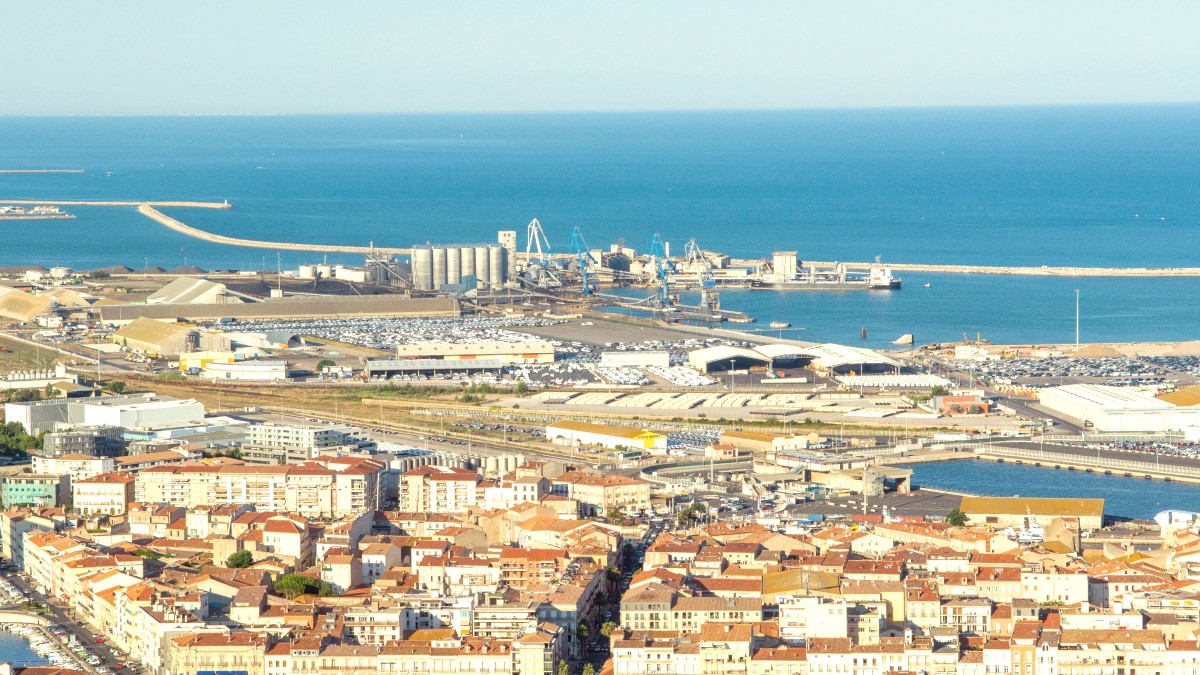
France
These places truly define Sète and present memorable experiences.
Explore each landmark for a glimpse into the heart of Sète.
Free to explore on foot. Stroll along the quays, observe the daily life of the port, or take a relaxing boat tour.
Capture the city's unique geography from the summit.
Experience the daily life of the port by strolling along the quays.
Taste your way through the market's fresh local specialties.
Step back in time in this picturesque fishing village.
Time your visit with the Saint Louis Festival for the water jousting spectacle.
Sète features a range of museums celebrating its artistic and cultural heritage.
Dedicated to Sète's famous poet and philosopher, Paul Valéry. It also houses an impressive collection of art, with a focus on local artists and works depicting the Mediterranean landscape. The museum presents stunning sea views from its location. (Hours: 10:00 AM - 6:00 PM, closed Tuesdays; Fees: €5-€9)
The Museum of International Modest Arts. This unique museum focuses on popular art, folk art, and various forms of "modest" or overlooked creativity. It is known for its quirky and thought-provoking exhibitions, presenting a refreshing take on art. (Hours: 11:00 AM - 7:00 PM, closed Mondays; Fees: €6-€8)
An interactive museum dedicated to the life and work of Georges Brassens, a celebrated Sète-born singer-songwriter. It presents a fascinating insight into his career and legacy through exhibits and recordings. (Hours: Varies seasonally; Fees: €6-€8)
A regional contemporary art center featuring rotating exhibitions by established and emerging artists. It provides a platform for modern artistic expression. (Hours: Varies with exhibitions, typically 12:00 PM - 7:00 PM; Fees: Free for exhibitions, creating an accessible cultural stop.)
Always check official websites for current operating hours, special exhibitions, and holiday closures before planning your visit.
Most museums accept card payments; cash may also be an option for smaller venues. Some may offer combined tickets for multiple attractions.
The old town (Vieux Quartier) with its narrow streets and colorful buildings, especially around the port and canals, offers a glimpse into Sète's historical development and traditional Mediterranean architecture.
Chapelle Notre-Dame de la Salette at the summit of Mont Saint-Clair and Église Décanale Saint-Louis in the city center are religious sites.
Cimetière Marin (Marine Cemetery) is a picturesque cemetery overlooking the Mediterranean, the final resting place of Paul Valéry. Open daily during daylight hours, entry is free.
Discover Sète's past through its architecture and significant locations.
No major archaeological ruins exist within Sète itself. However, the city has a rich maritime history evident in its port and canals, which date back to its founding in the 17th century.
Phare de Sète (Sète Lighthouse): An historic lighthouse marking the entrance to the port, with views of the maritime activity. Some parts may be accessible for visits, with insight into the port's navigation.
Sète's port was established in 1666 by order of Louis XIV to serve as an outlet for the Canal du Midi.
The old town (Vieux Quartier) with its narrow streets and colorful buildings, especially around the port and canals, offers a glimpse into Sète's historical development and traditional Mediterranean architecture.
Chapelle Notre-Dame de la Salette: A small chapel at the summit of Mont Saint-Clair, offering not only religious significance but also exceptional panoramic views. Église Décanale Saint-Louis: The main church in the city center.
Cimetière Marin (Marine Cemetery): A picturesque cemetery overlooking the Mediterranean Sea, noteworthy as the final resting place of Paul Valéry. It presents beautiful views and a peaceful, contemplative atmosphere. Entry is free, open daily during daylight hours.
Sète's natural surroundings feature beauty and opportunities for relaxation.
Jardin du Phare (Lighthouse Garden): A small, charming botanical garden located near the Sète lighthouse, with a pleasant green space and views.
Étang de Thau is a significant wetland for birdlife, including flamingos. Mont Saint-Clair is a remarkable geological feature, an unique volcanic mound.
The Beaches of Sète (Plage de la Corniche and Plage du Lido) are ideal for swimming and sunbathing. Étang de Thau is a vast saltwater lagoon central to aquaculture.
A long stretch of sandy beaches, including Plage de la Corniche and Plage du Lido, extending west from the city.
The second largest lagoon in France, famous for its oyster and mussel farming. It is central to the region's aquaculture and presents opportunities for water-based activities.
Étang de Thau is a significant bird habitat; you might spot flamingos, especially near areas like the Camargue.
Mont Saint-Clair is the prime natural viewpoint, with comprehensive vistas of the entire Sète area, including the sea, lagoon, and city.
Enjoy leisurely walks along the coastline or around the lagoon for refreshing sea air and views.
Beyond Mont Saint-Clair, other spots offer appealing vistas.
While not a major diving destination, the local waters harbor a variety of marine species.
Visitors are encouraged to respect the natural environment, especially around Étang de Thau.
Adhere to marked paths and guidelines to protect local flora and fauna.
Discover lesser-known spots that present unique Sète experiences.
Explore areas that are less frequented by general tourism but offer authentic insights.
Discover places that locals cherish, often outside the main tourist circuits.
Explore newly appreciated or less-traveled spots within the region.
A peaceful walk with historical significance.
Capture the unique essence of Sète through its most picturesque scenes.
Perfect for capturing the "Venice of Languedoc" vibe.
Sète's street art scene provides an unexpected layer to its urban landscape.
A and constantly changing art gallery under the open sky.
Beyond Pointe Courte, other small fishermen's sections are tucked away, offering quiet, authentic glimpses into local life.
Explore small, independent bookstores that sometimes host local author events or poetry readings, connecting you with Sète's literary heritage.
In the older parts of the city center, some buildings conceal charming, quiet courtyards worth seeking out for a moment of calm.